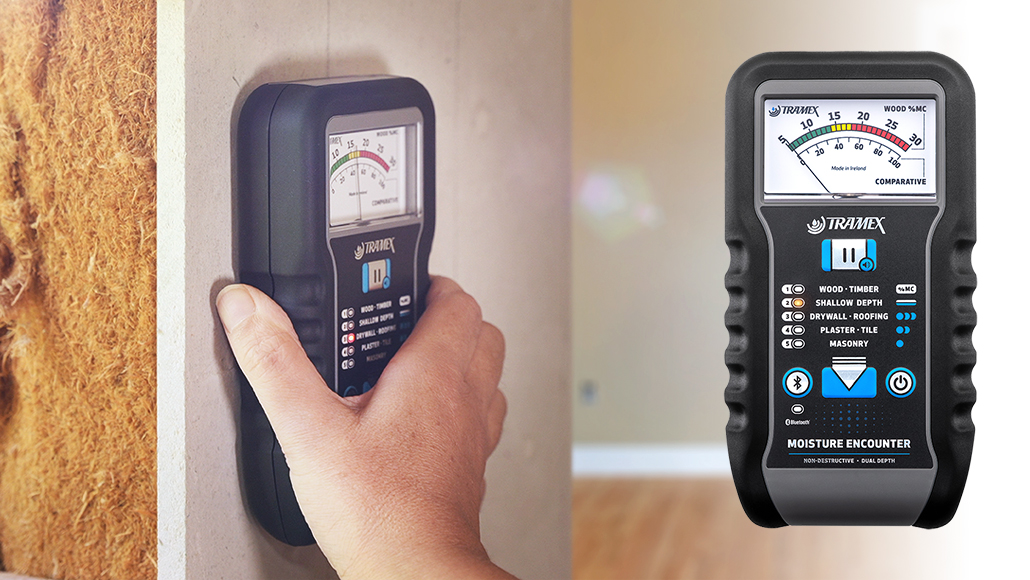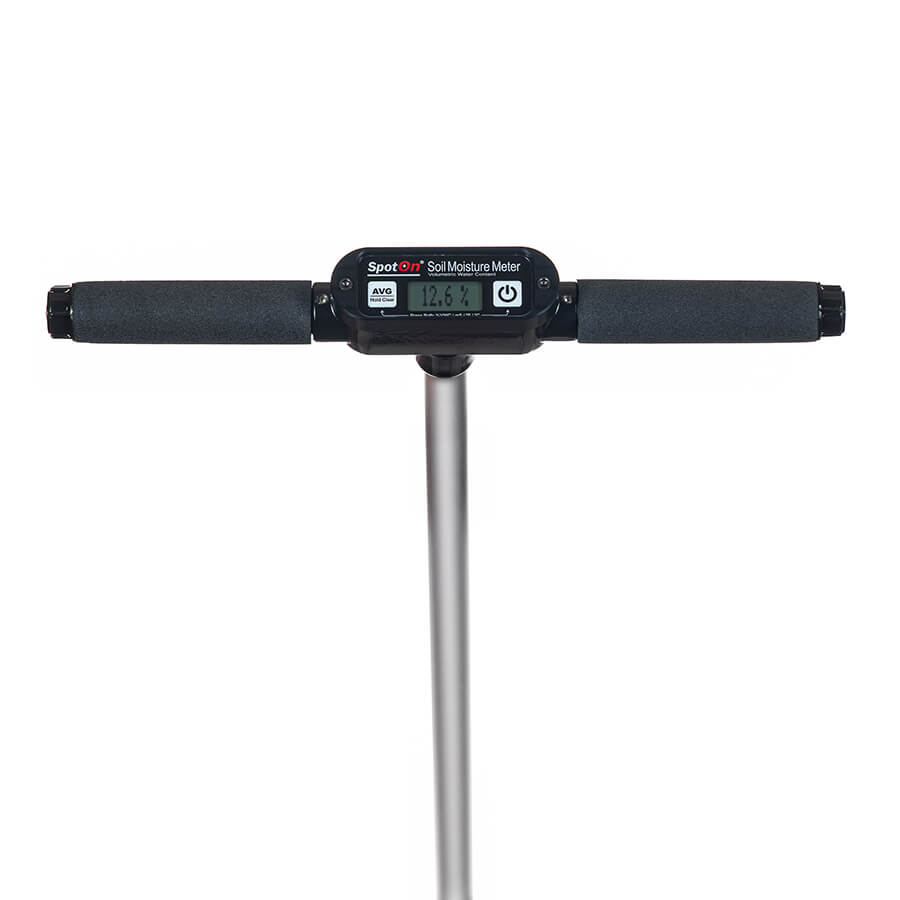Exactly How a Moisture Meter Can Aid You Preserve Optimum Conditions in your house or Office
Exactly How a Moisture Meter Can Aid You Preserve Optimum Conditions in your house or Office
Blog Article
Understanding the Importance of a Moisture Meter in Preventing Mold and Water Damages in Your Home
In the realm of home upkeep, the presence of wetness can frequently be a quiet yet powerful adversary, capable of creating prevalent mold and mildew development and perilous water damage if left uncontrolled. Comprehending the value of a moisture meter in this fight is not just a choice yet a tactical necessity.
Significance of Moisture Discovery
Effective moisture detection methods are crucial for guarding properties and stopping prospective mold and mildew development and water damage. Moisture can seep right into different building products, leading to structural concerns and carcinogen. By making use of a wetness meter, homeowner can proactively determine locations vulnerable to excess dampness, enabling timely treatment and reduction strategies.
Moisture meters give accurate readings of dampness levels in various materials such as concrete, drywall, and timber. This information helps in determining locations of problem, even in hard-to-reach or concealed locations. Early detection of wetness build-up allows punctual repair services or modifications to stop more damages.

How Moisture Meters Job
Wetness meters play a pivotal function in the proactive recognition of excess wetness, assisting in the avoidance of prospective mold growth and water damage by giving accurate readings of moisture levels in various structure products. Some progressed dampness meters incorporate both pin and pinless technologies for comprehensive dampness discovery. Understanding just how moisture meters function is vital for exact and prompt moisture degree assessments, enabling reliable preventive procedures versus mold and mildew and water damage.
Detecting Early Caution Signs
Upon initial evaluation of a residential property, acknowledging subtle indicators of excess wetness becomes important in the very early discovery of prospective mold growth and water damages. Some common very early caution indications include moldy smells, water spots on ceilings or walls, peeling off paint or wallpaper, and deformed or blemished surface areas. Stuffy smells commonly suggest the existence of mold and mildew or mold, also if no visible signs are evident. Water stains can signify leaks or seepage, while peeling paint or wallpaper may be a result of moisture compromising the attachment of these materials to the surface. Distorted or stained surfaces, such as twisting floorboards or blemished drywall, are clear indicators of water damages. Additionally, a rise in allergy signs and symptoms or respiratory system issues amongst residents may recommend the presence of mold and mildew because of excess wetness. By immediately determining and attending to these early caution signs, homeowners can reduce the threat of considerable mold growth and water damage in their buildings.
Avoiding Mold And Mildew Growth
Acknowledging very early warning signs of excess moisture within a building not just enables timely discovery of prospective mold growth and water damages however also serves as a proactive measure in protecting against the spreading of mold and mildew. To properly stop mold development, it is vital to resolve any sources of dampness without delay.
In addition to dealing with This Site moisture sources, maintaining indoor humidity degrees below 60% can substantially inhibit mold growth. Appropriate ventilation, appropriate insulation, and utilizing air conditioning system or followers can aid control interior humidity degrees. Keeping an eye on dampness degrees in areas prone to moisture, such as cellars and creep areas, making use of a moisture meter can likewise aid in early discovery of elevated wetness levels and prospective mold and my website mildew development. By taking proactive actions to protect against excess dampness and mold and mildew development, home owners can protect their property and indoor air quality.
Advantages of Routine Monitoring
Routine monitoring of wetness degrees in a residential or commercial property can play a crucial function in preserving a healthy interior atmosphere and protecting against potential mold and mildew and water damages. By frequently inspecting wetness levels, property owners can discover any problems immediately and take required actions to stop mold growth and water damage. Among the essential advantages of normal monitoring is early detection. By determining and dealing with high moisture degrees early on, house owners can interfere prior to mold and mildew has the possibility to spread and develop. This aggressive method can conserve both time and money in the lengthy run by stopping comprehensive mold removal and repair expenses.
Additionally, normal surveillance allows home owners to track patterns and patterns in dampness levels over time. Inevitably, the constant tracking of wetness degrees empowers homeowners to safeguard their residential or commercial property, guard their wellness, and maintain the honesty of their interior setting.

Conclusion

By utilizing a dampness meter, building proprietors can proactively identify locations vulnerable to excess moisture, enabling for prompt treatment and reduction approaches.

Keeping track of moisture levels in locations prone to moisture, such as cellars and creep spaces, using a wetness meter can also assist in very early discovery of raised dampness degrees and prospective mold and mildew growth. (Moisture Meter)
Report this page